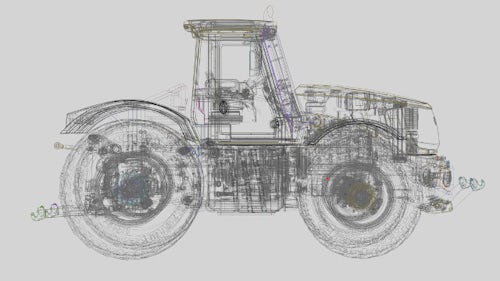Gallium nitride (GaN) high-electron-mobility transistors (HEMTs) are revolutionizing power electronics with their high efficiency, speed, and compact design. However, their unique thermal properties present significant characterization challenges. This white paper explores innovative solutions for thermal transient testing in GaN HEMT devices, addressing real-world challenges and offering practical methodologies to enhance performance and reliability. From understanding device structures to adapting measurement techniques, this resource provides actionable insights for engineers and industry leaders.
Introduction to GaN HEMTs
GaN HEMTs are transforming power electronics with their ability to operate at high voltages, temperatures, and frequencies. However, their thermal characterization poses unique challenges due to the lack of a parasitic body diode and the normally on operation of classical HEMT structures.
Key challenges in thermal testing
- Lack of a parasitic body diode for temperature sensing.
- Normally on operation complicates measurement setups.
- Time-variant effects such as charge trapping and parasitic transients.
Proposed solutions
- Channel resistance: Use the temperature dependence of the channel resistance for insulated gate HEMTs.
- Gate Schottky measurement: Leverage the gate diode structure in traditional HEMTs for high-sensitivity temperature sensing.
- Gate leakage current: Measure temperature using the gate leakage current in devices with low leakage characteristics.
- Cascode HEMTs: Adapt testing methods for devices combining GaN HEMTs with Si MOSFETs in cascode configurations.
Read on to learn about rea-world applications like RF amplifiers and power electronics to optimize thermal performance and ensure reliability.



